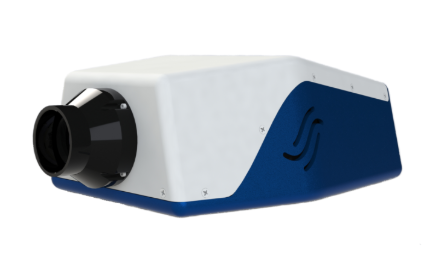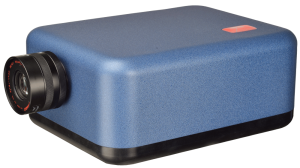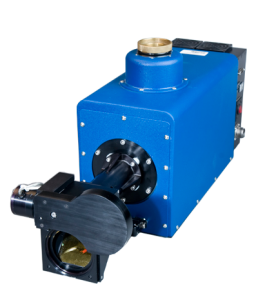Surface Optics Corporation (SOC) is an acknowledged leader in the design and manufacture of hyperspectral and multispectral imagers operating from the ultraviolet through infrared spectral regions. SOC’s patented real time imagers provide the ability to perform matched filtering and designation of a number of in-scene targets as a scene is imaged. Our imagers, also called imaging spectrometers, are used by the military and aerospace industry, universities, research laboratories, and commercial entities.
Hyperspectral and Multispectral Cameras
SRAnalysis™ Calibration and Analysis software
All imagers include SOC’s data acquisition and analysis software and can be run out-of-the-box without the need of additional software. SOC’s operating software allows for easy exportation of hyperspectral data to third-party software such as ENVI or MATLAB.
Leasing Instruments
We understand that many academic researchers only require access to a hyperspectral instrument for short-term projects. Surface Optics offers leasing agreements for variable terms. Contact us today to get a quote on leasing a hyperspectral or multispectral imager for the length of your project.
What is Hyperspectral Imaging?
Spectral imagers can form and analyze the spectral radiances at each pixel of an image. The objects in a scene are characterized by their spatial forms and their spectral radiances. The spectral radiance of an object is its reflected light intensity as a function of wavelength, and is indicative of the material which forms the object. Although the human eye can distinguish forms very well, it does not discern spectral radiance characteristics nearly as precisely. Instead, the human eye perceives only a dominant portion of the spectral radiance, which is perceived as the color of the object.
Since the spectral radiance of an object is a characteristic of that object, in principle most objects can be identifed by their spectral radiances alone. However, because the human eye is a relatively unsophisticated observer of spectral radiances, it is not always possible to distinguish objects based upon their perceived colors. For example, at a distance a field of green corn cannot be readily distinguished from a field of green grass simply by their colors. On the other hand, the corn and the grass are readily distinguished from each other on the basis of their different spectral radiances, if the complete spectral radiances can be used in the analysis.



